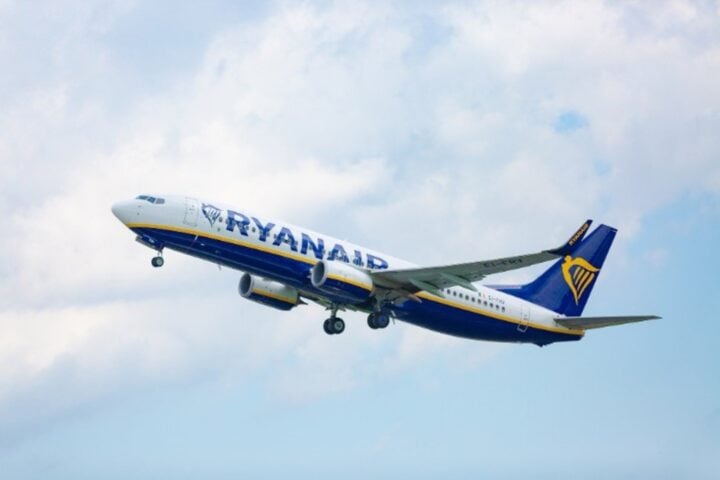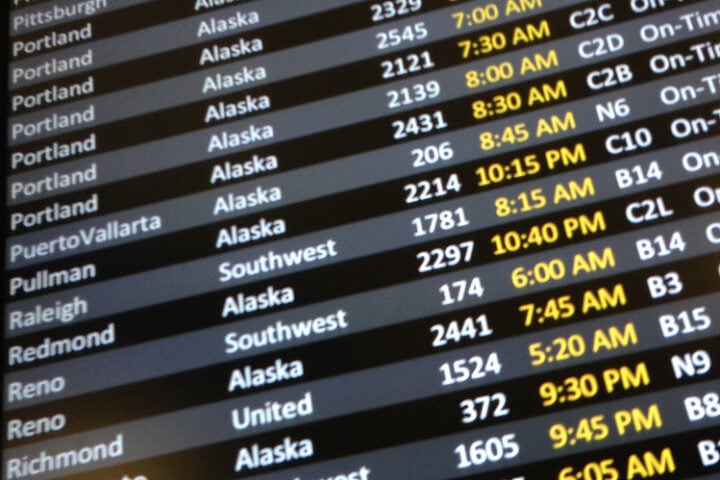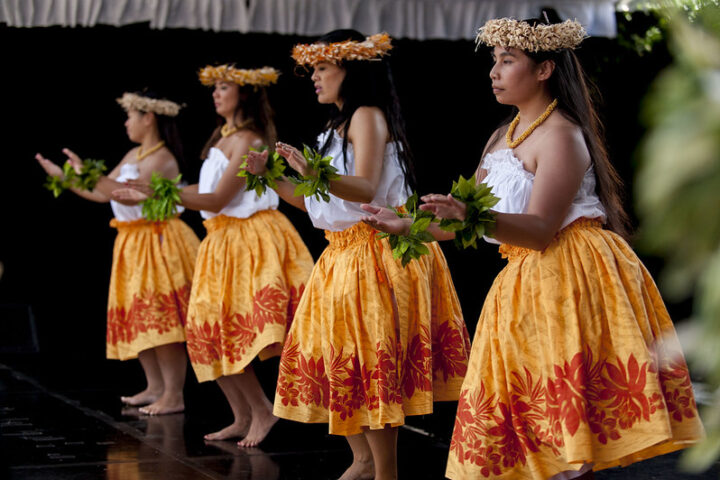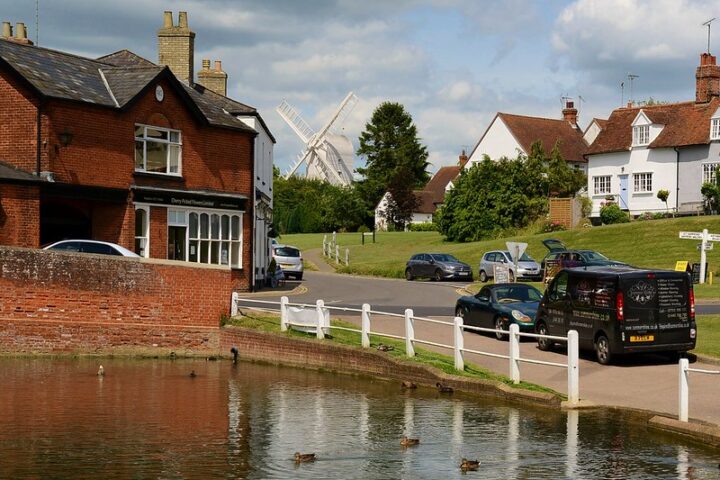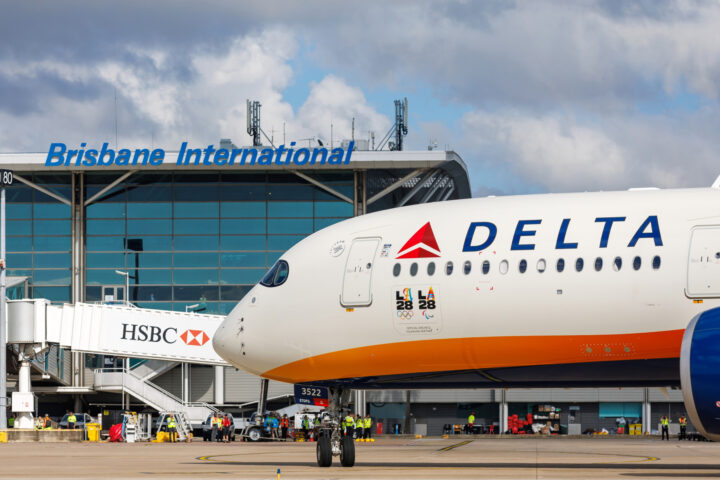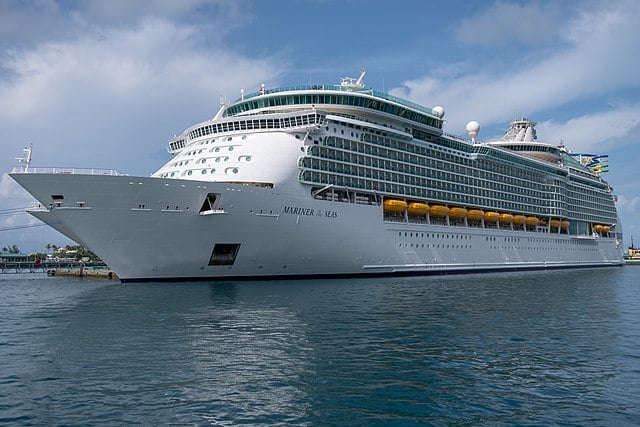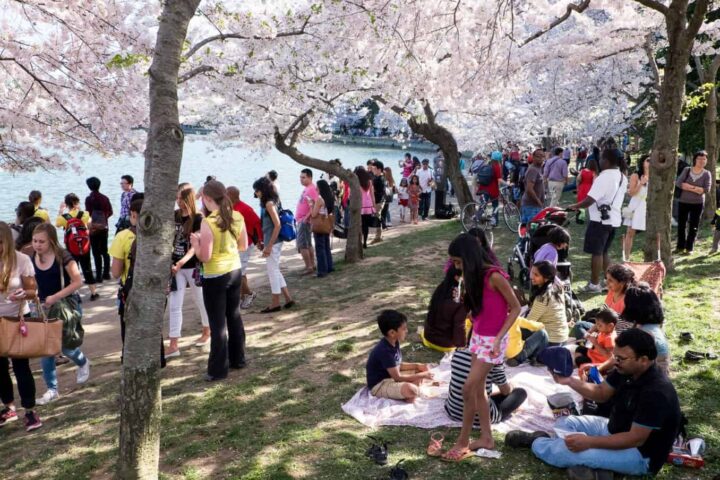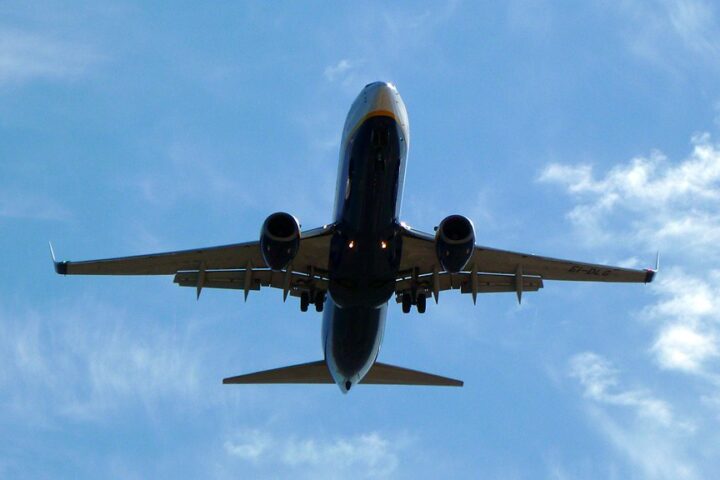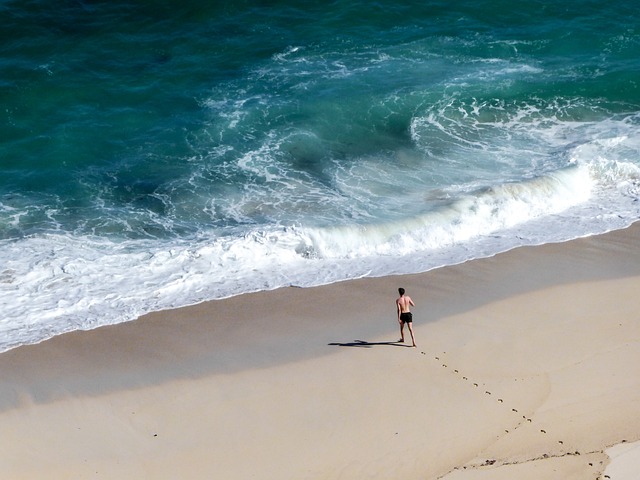Llaqta de Kuelap ruins of Northern Peru, one of the America’s grandest ancient monuments, has reopened after a 16-month hiatus due to rain-induced damages. Nestled in the Andes Mountains within the Amazon’s region, Kuelap offers an alternative to the bustling Machu Picchu. Founder of Aracari Travel, Marisol Mosquera, highlights Kuelap’s monumental size, with walls soaring over 60 feet. Unlike many ancient edifices, Kuelap boasts stone constructions rather than adobe. Predating the Incas, the Chachapoyas culture birthed this older-than-Machu Picchu marvel. The panoramic vistas from Kuelap are nothing short of breathtaking.
Historical Significance:
From 900 to 1400 CE, historically, the citadel housed warriors, shamans, and merchants, among others. It stands at an elevation of 9,842 feet, significantly higher than Machu Picchu’s 7,972 feet. The Spanish conquest in the 16th century saw the decline of this once-thriving Chachapoyan political hub. Discoveries in 1842 unveiled 420 circular stone homes adorned with intricate murals and carvings.
Recent Restoration Efforts:
Tragically, in April last year, rainwater infiltration led to the collapse of a segment of Kuelap’s southern wall. Kuelap’s research overseer, Jose Bastante, pinpointed the rainwater’s pressure on the monument’s core as the culprit of the collapse. Collaborations with the World Monuments Fund and Getty Conservation Institute birthed innovative drainage solutions. Recent efforts have fortified structures, replaced drainage systems, and stabilized the perimeter wall. August 19 marked Kuelap’s reopening, albeit with conservation-driven visitor quotas. Only 144 visitors can explore the ruins between 8 am and 5 pm daily, with timed entry intervals. By November, there’s optimism for increased visitor capacity and extended time limits. A golden reopening perk: free entry until year’s end, courtesy of Promperu, Peru’s tourism office. However, owing to the ruins’ fragility, a significant portion remains off-limits.
Archaeological Zone and Visitor Experience:
The encompassing 336-acre Archaeological Monumental Zone of Kuelap (ZAMK) houses five distinct archaeological monuments. While ZAMK faced a similar closure, parts reopened in July, showcasing a genuine Chachapoya house and an interpretation center. Even without reservations, visitors can tread a pre-historic road, capturing Kuelap’s facade. Bastante underscores the sanctity and fragility of archaeological sites, urging reverence akin to global sacred places.
Journey to Kuelap:
Starting from Chachapoyas, the journey to Kuelap is an integral part of the experience. The stage is set for the adventure by a short flight from Lima to Chachapoyas, followed by a bus ride to Nuevo Tingo. From Nuevo Tingo, travelers can choose between a scenic 5.6-mile trek or a swift 20-minute cable car ride, inaugurated in 2017.
Similar Post
Amazonas Region Attractions:
The Amazon region teems with attractions, as Rocio Flores of Gocta Natura Reserve emphasizes. Adventure seekers can delve into trekking, rafting, and birdwatching in Cocachimba’s Valera district. The region is dotted with other citadels like Yalape and Ollape, and funerary sites such as Revash and Karajia. Discovered in 1997 at Laguna de las Momias, the Leymebamba Museum houses over 200 mummies. Florez advises travelers to immerse themselves in the region’s rich history, exploring surrounding communities and landmarks. Kuelap’s story gains depth and context when juxtaposed with these neighboring sites.
Vision for the Region:
The collective vision for the Amazonas region is clear: promote mindful, slow travel. The aim is to grant travelers ample time to unearth the region’s cultural and historical tapestry. Declaring the Amazonas as a “land of discovery,” Florez encapsulates the sentiment. As Kuelap reopens its doors, it beckons travelers with its ancient allure and promises of untold stories. With careful planning and reverence, visitors can unlock the mysteries of this Andean gem. Kuelap’s revival is not just a testament to restoration efforts but a call to experience Peru’s rich heritage. As the world rediscovers Kuelap, it stands as a symbol of resilience, history, and unparalleled beauty in the heart of the Amazonas.



